The Best Operators You’ve Never Heard Of
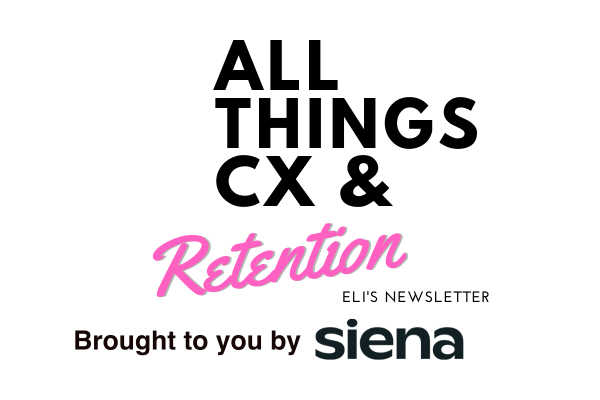
Hii!
Week three of our TLV trip is complete. The weather is good (sunny with a chance of Houthi rockets 😵💫), and I’ve eaten my weight in burekas, hummus, and feta.
I’ve been spending 2–3 mornings a week here having coffee with some of the sharpest founders, VCs, and operators across consumer, SaaS, and CPG.
Something I’ve been thinking about a lot lately is how we’ve seen quite a few Israeli folks “crack” consumer, scale to 9-figures, and then do it again. And again. And again.
It might sound silly, but it’s really a mix of picking the right product, knowing the market deeply, and executing on the basics. Relentlessly.
Most people don’t know this about me, but I started a CPG brand back in 2016 that failed miserably. I’ve learned a lot from that, too.
I’ll give you some very practical tips, as well as concrete learnings I’ve had from some of the best in the biz.
Sound good? Let’s jump in.

This week’s newsie is brought to you by Siena AI!
Siena is introducing their latest drop to my readers:
Meet Siena Memory, the first AI agent that remembers your customers as humans.
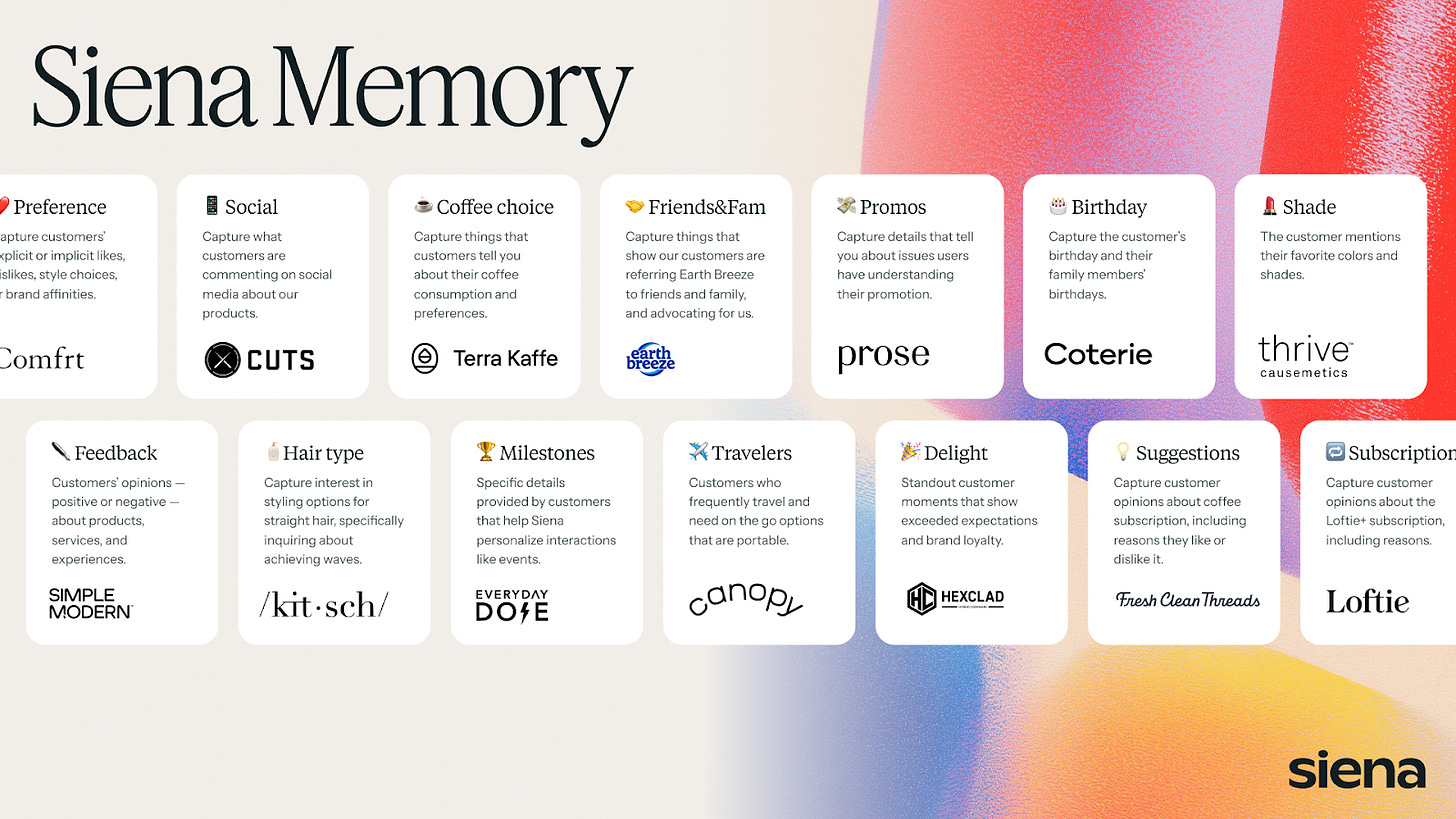
Siena Memory is the agentic brand intelligence layer that captures key customer details in real-time, creating 'memories' that enable fully personalized, context-aware interactions. It plugs into every support channel, listens in real time, remembers the nuggets—sizes, shades, pet names, travel plans—and turns them into insights your CX, marketing, and product teams can act on the same day.
What this means for CX teams:
Personalization at scale → measurable CSAT gains
Customers feel heard and remembered
No more “I already told that to another associate” moments
Finally balance negative feedback with positive examples of customer delight
But the impact goes beyond CX:
Growth teams are reducing churn by spotting actual cancellation patterns
Marketers are building better campaigns using customers’ own words
Executives are seeing operational gaps they didn’t know existed
How it works
Memory captures insights from every conversation—agent and Siena. Then builds a complete 360° customer profile and references them in future interactions.
Then it analyzes conversations and generates actionable reports with trends and key recommendations.
You turn these insights into strategic actions that move your business forward.
What CX leaders are saying
Ginger Lamb ⎯VP of Customer Delight at Earth Breeze:
"Our customers are at the heart of everything we do at Earth Breeze. Siena "Memory" has added to our ability to be unlimited in gathering insights and information that allow us to serve our customers at the highest level."
Sydney Chestler ⎯ Director of CX at Fresh Clean Threads:
“I can't wait to utilize Memory categories to pull together product suggestions to share with our product development team!"
Rebecca Blount ⎯ Associate Director, Customer & Ops at Coterie
“Memory is so cool. We used Siena Memory in a unique way for our price increase—flagging all tariff and price-increase inquiries and automatically routing them to a senior associate for precisely worded responses. This kept sensitive conversations on-brand, avoided disruption to the regular queue, and held both CSAT and FRT steady. We also leveraged Memory for specific feedback related to the increase, running it through ChatGPT to compare it with last year's feedback. Really fun stuff!”
Book a demo here and start collecting memories today.
There’s a group of operators here in Israel who’ve built brands that didn’t just look good on a pitch deck, they actually sold product, scaled past the DTC graveyard, and turned into real businesses.
But what’s more interesting than any one of those brands is that a few of these teams didn’t stop at one. They built something successful, then used the same people, thinking, and infrastructure to do it again. And sometimes again.
They didn’t always start with some big brand vision or a wild new idea, and frequently sell something that already existed in the market, just better. They started with execution and listening to the market. By understanding paid acquisition, pricing, and scale, they just kept things tight and moved fast.
Here are some of my fav examples of operators CRUSHING it in the Israeli consumer space.
Mixtiles → Easyplant → ???
Mixtiles was the one I kept seeing on Meta back in the day. Square frames, personal photos, no hammer needed, goes on and off the wall with magnets. The product itself was clean and simple, but the strategy was sharper than people give it credit for.
It felt like a gift, had a clear unboxing moment, landed well in ads, and hit a niche that no one else owned. You didn’t have to explain what it was. You just had to show it. That alone gave it a huge edge in paid media.
Even more than that, once someone got it for one room in their house, there was a clear expansion opportunity to go to other rooms, or even gift to friends.
Then they took that same thinking and launched Easyplant. Live plants that water themselves. Can’t kill ‘em if you tried.

It fits neatly into the same consumer mindset: people who want to make their homes look better without dealing with the hassle. It’s visually compelling, giftable, higher average order value, and everyone can use more than one.
They applied what worked, added one or two new mechanics, and made it work again.
They’ve already got a third brand in development. I’ve seen glimpses of it. Still very much rooted in home, still leans into the same paid playbook. These aren’t lucky guesses. They’re built from a specific point of view and a team that knows what it’s good at. That’s not common.
IL MAKIAGE → SpoiledChild
IL MAKIAGE is the brand most people think of when they think of Israeli DTC. Loud branding, high spend, aggressive acquisition. And a quiz funnel that actually did something. That quiz is one of the most misunderstood parts of their business. It wasn’t built to be cute. It was built to drive conversion and collect zero-party data with a ton of machine learning and AI.
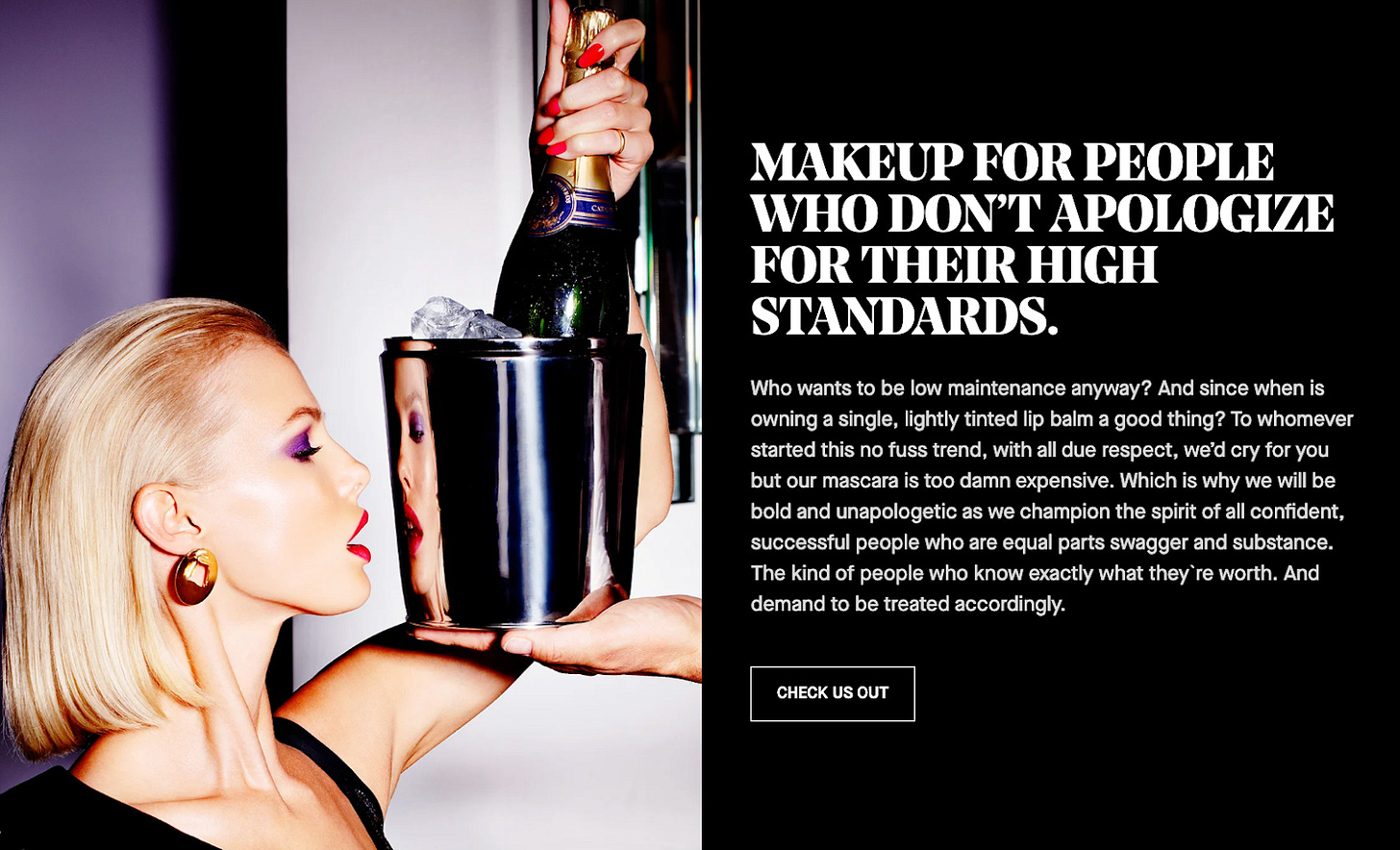
It gave them better targeting, more tailored emails, and stronger retention. And it helped justify high CAC by lifting AOV and keeping repeat high.
They could’ve coasted on that for a while, but they didn’t. Instead, they rolled out SpoiledChild. Same funnel, same logic, same ad style, but aimed at haircare and supplements. Products people use every day. Fewer variants to manage. Higher margin. Replenishable. And still personalized through a quiz, which gave them another chance to collect data and build a longer tail of engagement.
What I respect is that they didn’t try to change who they were. They just changed the product and made sure everything else still clicked into place.
Heavys
Heavys is one of the newer names here, but the team behind it is playing the long game and CRUSHING. They make high-end headphones designed for metalheads. That alone is interesting because most brands in this space either chase the general lifestyle crowd or go deep into audiophile tech. Heavys picked a lane.
They didn’t stop at branding. They brought in Axel Grell to lead product. Grell led headphone engineering at Sennheiser for two decades. The product is real. It’s not white-labeled. It’s tuned for clarity at high volumes, which is exactly what their target audience wants.
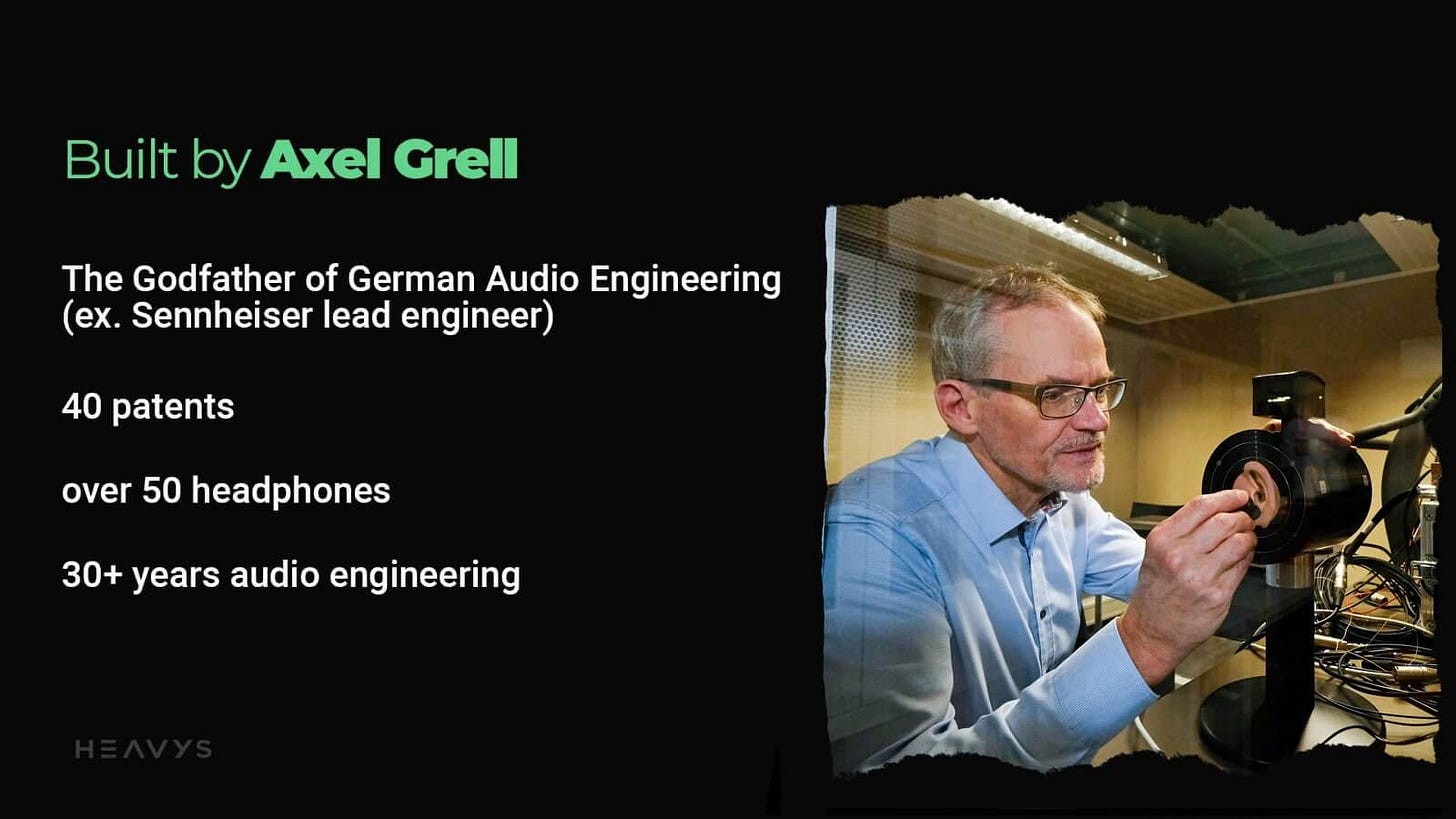
But the other move that makes this stand out is their approach to marketing. They hired a former Warner Music Group exec to lead ecommerce and artist partnerships. The plan isn’t just to sell headphones. It’s to build an artist licensing program, create exclusive collabs, and anchor the brand inside the culture of metal.
Underoutfit
If you haven’t heard of Underoutfit, that’s not by accident. They’re not trying to be a press darling. They’re trying to sell shapewear and undergarments profitably and at massive scale. And they’re doing it.
No hype drops. No celebrity face of the brand. Just a smart team that figured out how to acquire customers at a sustainable rate and keep returns under control. The products are basics: bras, panties, and shapewear that do well when you get the fit and comfort right. And they did.
They test constantly. Their ads are performance-first. They use real customer language in their copy. And they didn’t overthink their site. The homepage is focused on conversion, not storytelling. That clarity shows up in how they run the business.
They’ve built a serious customer base without ever becoming a conversation piece. I find that refreshing. Not every brand needs a goddamn vibe. Some just need to work.
Resident (Nectar)
Resident is one of the biggest consumer wins to come out of this region, and somehow still flies under the radar in most DTC conversations. They beat Casper at its own game. Nectar took on the mattress category with sharper pricing, faster scaling, and way better marketing economics. While the U.S. players were out doing subway ads and retail stunts, Resident stayed focused on performance.
They built a team of data scientists and paid media killers. They didn’t get louder. They just got better. Their ecommerce ops were tight. Their funnel was clean. They got really good at testing creatives, understanding attribution, and dialing in margins at scale.
And it worked. Ashley Home just acquired them for a billion dollars. Not a billion-dollar valuation… a literal billion-dollar acquisition. The team is still lean. The business is still growing. And they’re still not the ones out on stage talking about what it all means. They just keep going.
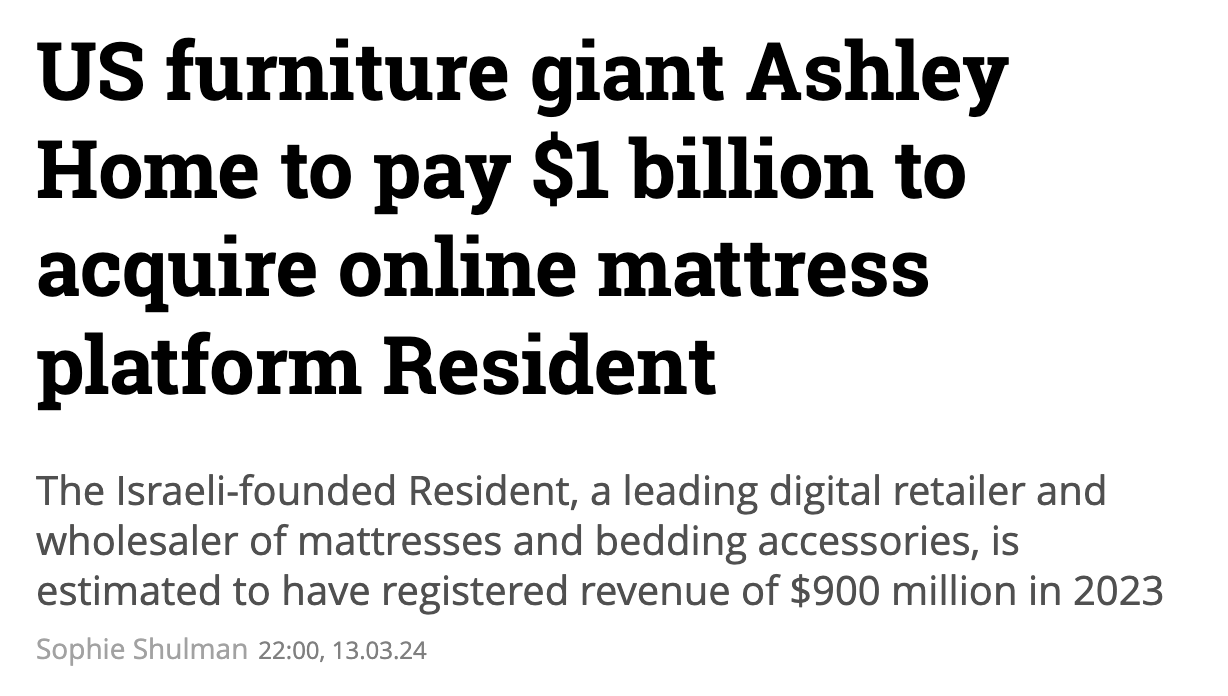
The consumer scene that has been evolving here over the recent years is intoxicating. We all know about the cybersecurity scene (hi, Check Point, Wiz, etc.) and the tech scene (hi, Fiverr, Lemonade, Wix, etc.), but the consumer scene is absolutely insane right now as well.
And only growing.

That’s it for this week!
Any topics you'd like to see me cover in the future?
Just shoot me a DM or an email!
Cheers,
Eli 💛
P.S. If you want to figure out how to get your brand to rank high in LLMs and show up in ChatGPT, Gemini, and more… check this out:



